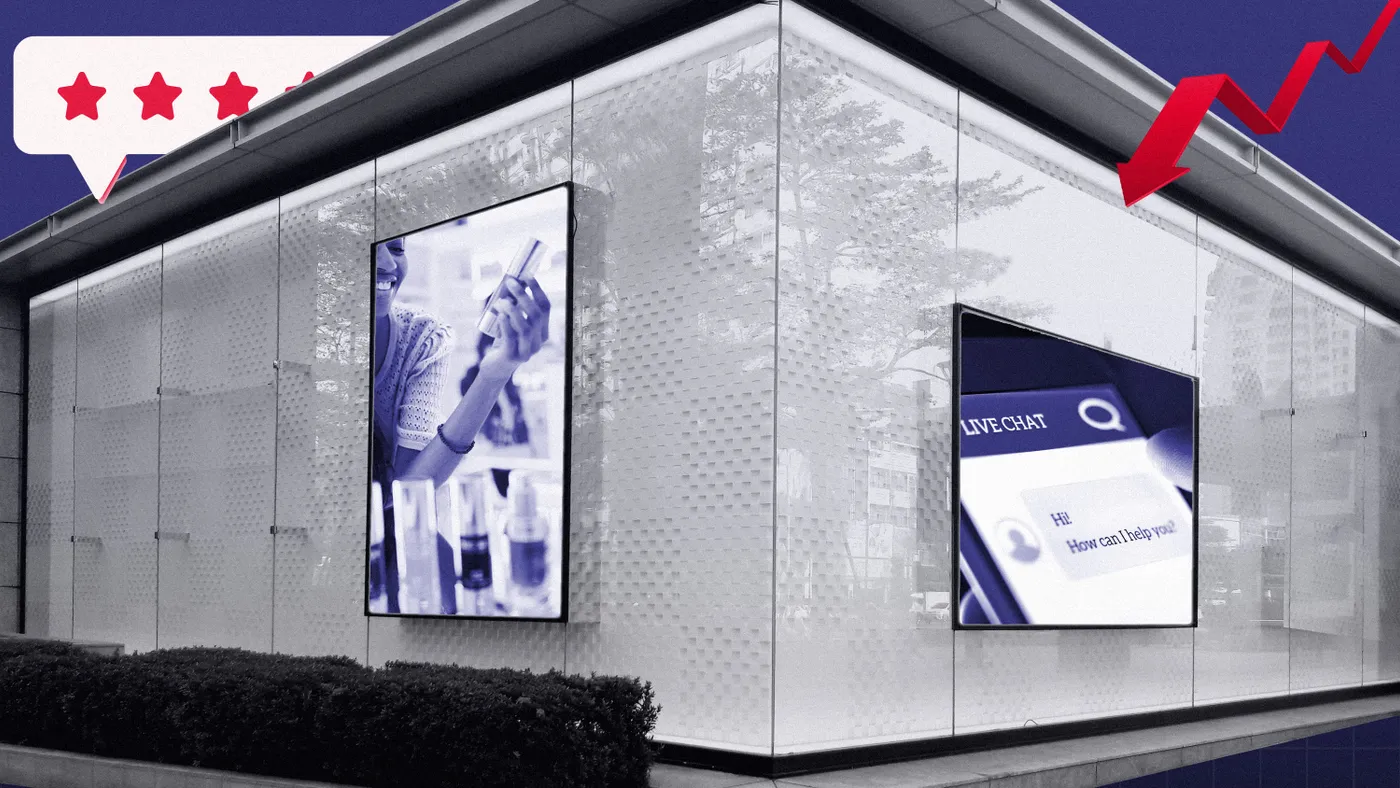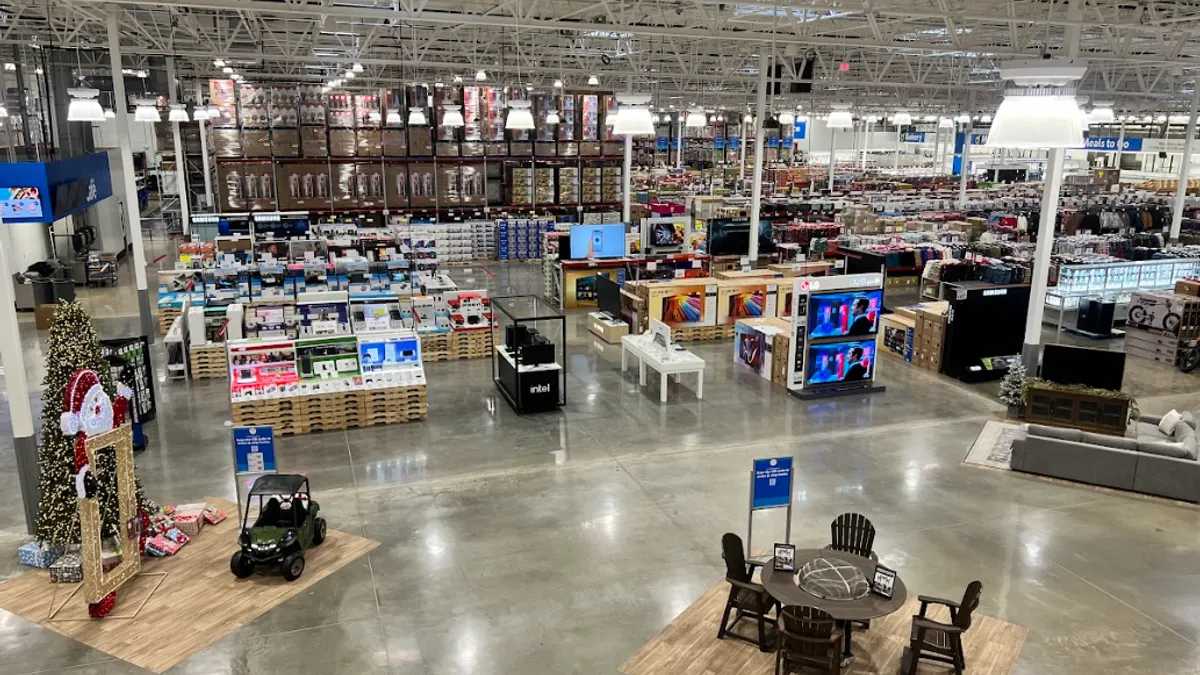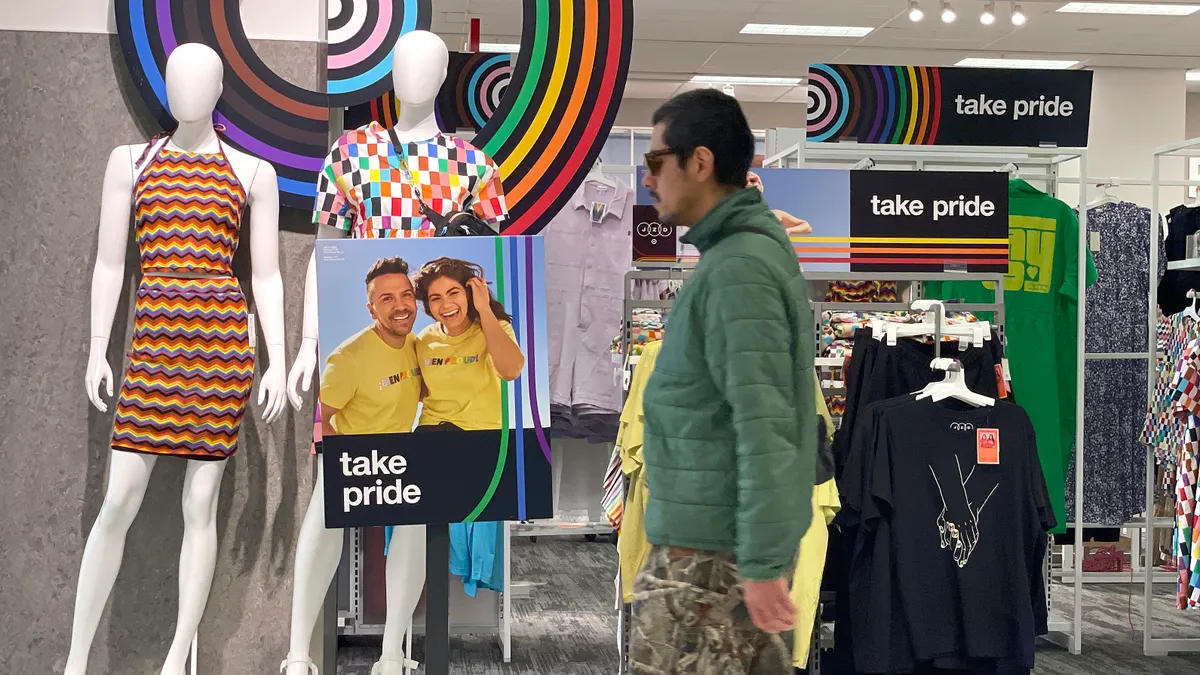As the boundaries between the physical and digital worlds blur, executives have to rethink the way they do business — and how they court customers.
Customer experience doesn’t begin with a customer setting foot in a store and end with a sale. It encompasses every touch point: from the first point of brand awareness, through engagement, purchasing and post-sales service.
For executives, CX is a holistic venture, one that merges sales, marketing, technology, product and customer service silos.
The recognition that CX is essential has led to its boom. Across industries, companies are investing in CX solutions, technology to enhance customer interactions and increase loyalty to a brand. Last year, the global customer experience and relationship management market surpassed $96 billion in revenue, Gartner found. Investment in customer service and support is helping drive the segment, representing more than one-third of the market share and valued at $33.5 billion in 2022.
Despite this increased focus, CX executives are still facing challenges, from global economic shifts and changing customer demands to technological disruptions, including the advent of generative AI.
In this world of uncertainty, CX leaders are charging ahead. They are experimenting using generative AI with customer-facing employees. They’re responding to consumer demands with more personalized offers and experiences. They’re poised to reverse the decline in CX quality, even as they struggle to demonstrate to their executives the revenue stream generated by good CX. They’re navigating how to best balance price with service and how to ensure customers have access to the right channel for their needs.
Here are some of the most important trends shaping the future of customer experience for executives to follow, shifts that could decide what businesses will succeed.
Generative AI put to the test in CX
Three in four business leaders rank generative AI as the top emerging technology to impact their business through next year, a recent KPMG survey found.
But, as much chatter as there is about AI, there are many more questions.
“Now that we’re nine months into the ChatGPT craze, what’s actually real and what’s still hype?” asks Ejieme Eromosele, GM of EMEA at Quiq. “What is actually driving real results?”
Overwhelmingly, companies are using generative AI behind the scenes to help their customer-facing employees but are wary of bringing AI directly to the consumer. Forrester predicts that half of large global firms will experiment with customer-facing generative AI in 2024.
“Consumers aren’t necessarily as comfortable with AI serving for customer service,” said Leah Leachman, a senior director and CX analyst at Gartner. “Because right now, a lot of service is not great in the first place. So why are we replacing it with some non-human entity?”
Pete Jacques, a principal analyst at Forrester, advocates for companies to move slowly. “Don't use AI in a customer-facing role yet,” he advises. “There's too much opportunity for errors, for hallucinations, for privacy concerns that might kind of delete the effectiveness."
"Use it more to support your contact centers and your customer-facing employees rather than having it be a direct interface,” he said.
But for as many companies that are experimenting with generative AI, there are many more that are still in the wait-and-see phase, watching to see how other companies successfully use the technology before wading in.
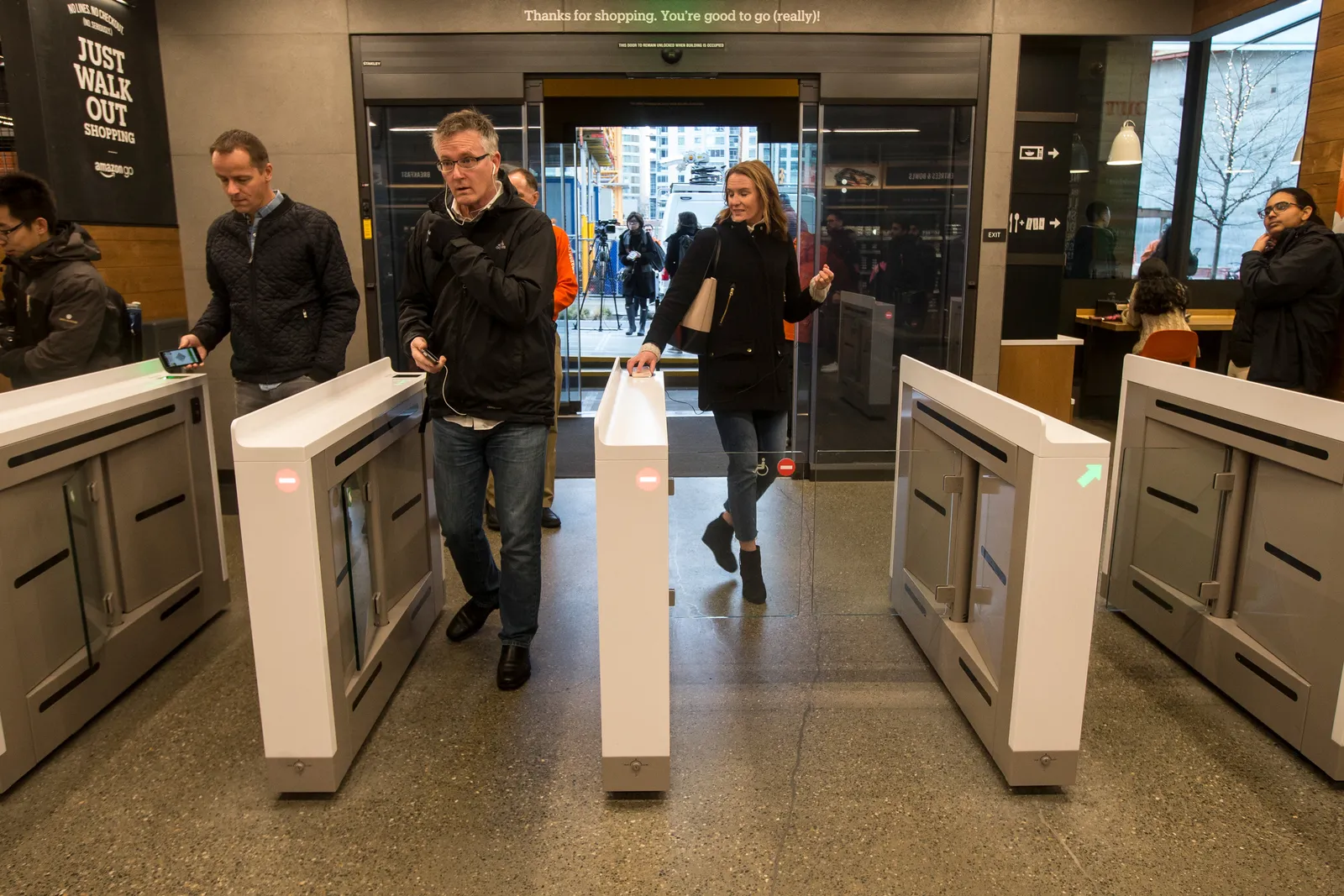
Customers skimp on price, but not experience
Consumers and businesses alike have grappled with years of uncertainty, from COVID-driven shutdowns to record inflation in certain categories, including food and groceries, which has shifted spending habits and expectations in unusual ways.
People may be cutting back in some areas, but they aren’t willing to compromise on experiences.
While 79% of consumers said they are trading down to save money, another 40% are still treating themselves by splurging on higher-end brands in categories like groceries and travel, according to a survey by McKinsey.
This is posing a challenge for businesses grappling with a difficult economy and looking for ways to preserve the bottom line. Accenture found that one-third of customers say they’ve had difficulty finding help over the past year, according to Jill Standish, senior managing director and global lead of retail.
Nearly half of consumers said difficulty reaching customer service agents makes them feel less valued by the brand — potentially degrading loyalty.
It's on companies, and retailers in particular, to find ways to cut costs that improve, rather than hinder, the customer experience while keeping customers loyal.
For instance, a grocer investing in a tighter supply chain to reduce spoilage and out-of-stocks will also reduce frustration.
"Everybody is watching the bottom line today, because times are tough, money is tight, and brands and retailers are looking at costs,” said Standish. “I think the first thing to look at is how you can take inefficiencies out of your enterprise.”
It’s also important to understand why consumers are currently trading down, according to Brendan Witcher, VP and principal analyst at Forrester.
While many consumers are currently feeling short-term pressure, that doesn’t mean they plan on buying less, let alone plan to stop buying altogether, he said. Promising a great experience in the long term, such as through an attractive loyalty program, could be what it takes to cement their business right now.
"It's not necessarily the bottom that gets all the business,” said Witcher. “There are other opportunities to save money. For example, maybe somebody who hasn't signed up for an Amazon Prime membership yet might do so thinking, ‘I'm willing to give that money up front, but now I don't have to pay for shipping for anything that I buy, so therefore I can save some money that way.’”
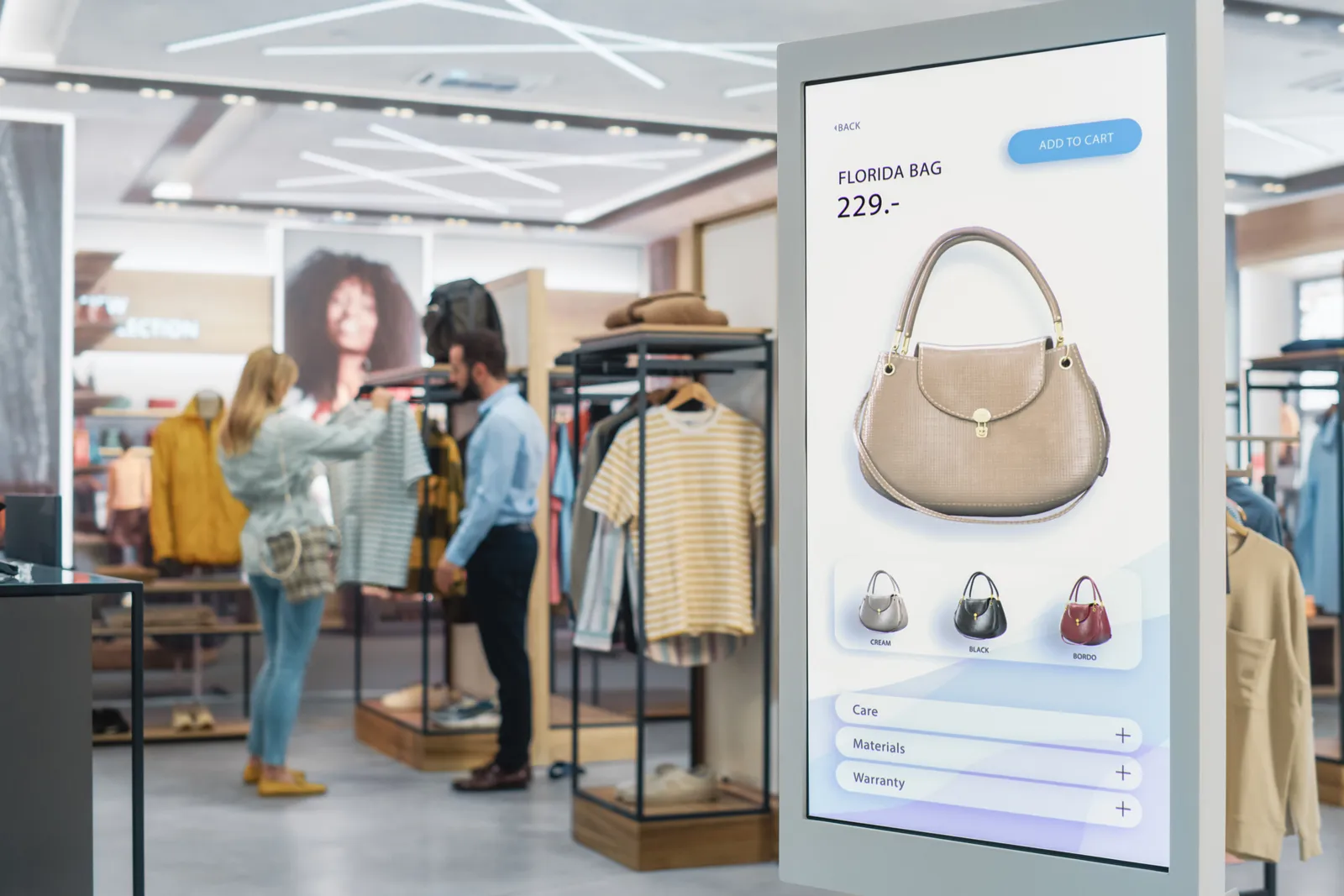
Consumers want a more personalized experience. CX teams are listening.
Consumers want more personalized ads, suggestions and experiences.
A recent SAP Emarsys survey found consumers increasingly expect brands to “do more to maintain their loyalty,” with about one-quarter of respondents agreeing that they are “more loyal to brands that market to them in a more personalized, specific-to-their-needs way.”
Another 1 in 5 said they are more loyal to brands that offer “the best personalized deals.”
Such personalization pays. Companies that excel at personalization generate 40% more revenue than average organizations, McKinsey found.
Moreover, personalization is expected: 71% of consumers expect personalized interactions, and three-quarters grow frustrated without personalization.
Consumers “respond positively when brands demonstrate their investment in the relationship, not just the transaction,” according to McKinsey, which lists examples, including “checking in post-purchase, sending a how-to video or asking consumers to write a review.”
With such findings, CX departments are working to offer more personalized experiences.
“Instead of thinking about pushing a product, it's more about: How can we get customers to be more confident in themselves, their choices and reconcile all this different information that they're seeing, so they feel as though we're our partner in their success?” Leachman of Gartner said. “That shift in mindset is something we're seeing more and more in B2B. But that also is equally apparent in B2C as well.”
Matt Hough, CIO at Cintas, a corporate apparel company, is working to improve its personalized offerings, beginning with its online storefront. “We know how many wares they have, so we have a lot of details on our customers, but now it's about promoting basically a digital form like you go to on Amazon that goes, ‘Hey, I saw you bought this. Do you need this?’ Or, ‘I heard you had complaints that we didn't deliver this shirt. Why don’t we give an extra one?”
Hough is also working to provide that same data to key account managers so they can have a more proactive conversation with the customer, offering products suggested by AI.
“For instance, a key account manager goes to a restaurant, and they go, ‘Hey, I realized that you don't have any mats. There's a winter storm coming up. Why don’t we go ahead and provide you a couple scraper mats so you don't have slip and falls in your your business?’”
The ability to offer both a personalized web and in-person customer experience is key. “We're trying to tailor it to, how does the customer want to interact with us?” Hough explains.
Jacques encourages businesses to approach personalization thoughtfully — and to think about what data is needed for accuracy.
“Some of our research is showing that a lot of companies are trying to push personalization too early in the relationship, even when customers are still in the acquisition and purchasing process.” The concern, he said: a customer thinking, “I don't even know you yet. Why are you acting like you know me?”
Timing and amount of targeted personalized marketing is another matter. Kelsey Jones, global head of product marketing at SAP Emarsys, says the goal is “clever, not creepy.”
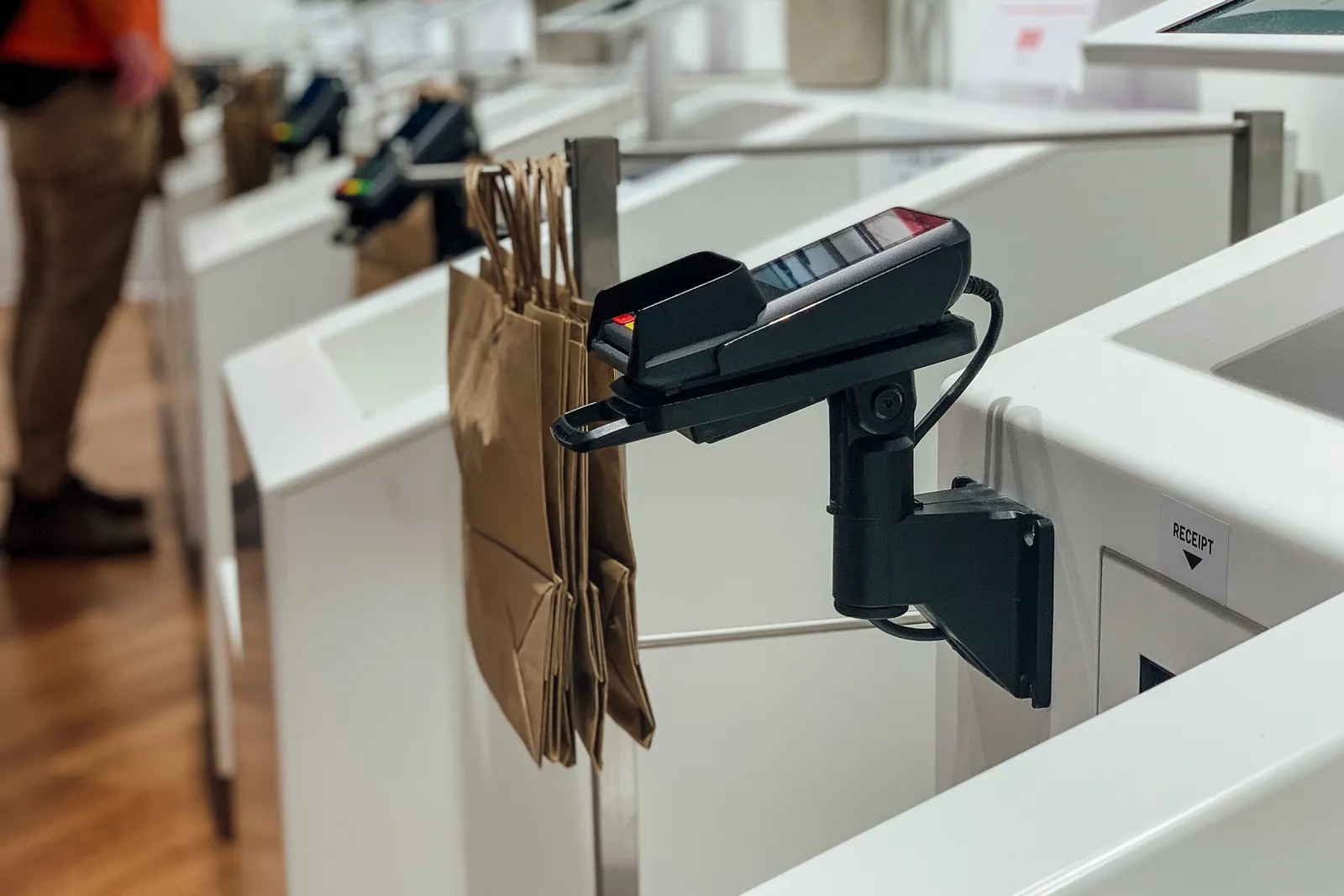
Self-service is on the rise, but some customers just want a human
Many companies are making the breadth of choice an important element of their customer service ecosystem, with more than two-thirds planning to expand or continue expanding their service channels over the next two years, according to Deloitte.
The challenge is ensuring customers have access to the right channel for their needs, whether that means a live agent, a video tutorial or an AI-powered chatbot. As a result, more than half of leaders told Deloitte their companies have implemented some form of “right-channeling” to guide customers to the most efficient channel.
Right-channeling also requires making it easy for customers to immediately access their preferred experience, whether that is a phone call or an FAQ page.
Age plays a role in preference, too — a Gartner survey found that more than one-third of Gen Z and millennial customers are likely to give up on resolving a customer service issue if it can’t be done through self-service.
It’s extremely important to be aware of how well each customer understands your service regardless of their generation, according to Julie Geller, marketing research director at SoftwareReviews.
“Have you created a pillar page where you're answering all the questions in-depth?” said Geller. “What are you offering them on their learning journey so that they can interact in the way that they want and not the way you intended? Are they a longtime customer? What kind of experiences have they had with you? Do they have a rep that they talk to quite often?”
It’s important to recognize the limitations of even the most advanced self-service options, according to Christina McAllister, senior analyst at Forrester, in an email. Some conversations can’t be resolved through automation, and these will likely be the most complex and potentially valuable interactions a company can have with its customers.
As a result, even the most technologically advanced businesses need to continue investing in live agents to ensure they have the tools, resources and knowledge to support anyone who requires human assistance at some point in their journey.
“If/when a customer is transitioned from an automated system to live agent, the agent should be supplied with as much context surrounding the customer's ask as possible to reduce the need for the customer to repeat themselves,” said McAllister. “It's important to ensure this context is as concise and focused as possible — the agent should not be expected to read the entire transcript between the bot and the customer. This is where generative AI can add significant value by summarizing the prior interaction for the agent to allow them to keep the conversation's momentum.”
CX quality has been on the decline but is poised to reverse course in 2024
Average CX quality in the U.S. declined for a second year in a row as firms forwent customer-focused strategies, according to a 2023 Forrester analysis. But the analyst firm expects that to reverse course in 2024.
Europe and APAC will see the most improvements in customer experience, the U.S. will see some, and Canada is likely to continue to struggle, according to the firm’s analysis of the top 100 largest businesses.
Forrester points to generative AI’s role in augmenting customer service agents’ capabilities as a key reason for this shift. “This will help agents contribute to success on common top drivers of CX: answering questions faster and better, resolving problems on first contact, communicating clearly, and leaving the customer feeling respected,” according to its 2024 predictions in customer experience.
But to understand the headwinds customer experience leaders face, it’s worth looking at why CX quality has been on the decline.
In 2021, customer satisfaction actually increased across industries and countries. Weader, a principal analyst at Forrester, refers to the increase as the “halo effect.”
In the middle of the pandemic, people were glad they were able to use products and services; retailers, for example, were making it easier for customers with curbside pickup. But the halo effect wore off in 2022, and in 2023, some businesses began to reverse such offerings, returning to the old way of doing business. Customers, on the aggregate, were none too pleased.
“We have to think like we're in 2024, not like we're in 2019,” Weader said. “We don’t get to go backwards like that.”
Jacques points to the decline in customer-centric business approaches, too. “Companies are kind of dropping the ball or losing their eye on what we call customer obsession,” he said. “That’s the pinnacle of putting customers at the center of their strategy, of how they align their operations, how they think about how their leadership are behaving and the cultures that they're establishing.”
Some businesses are losing this focus, Jacques says, because CX initiatives take time, and executives are shifting resources away from customer-centric initiatives before they can see results.
Advancements in generative AI may help CX quality to reverse course, in part because much of a customer’s experience trickles down to customer service.
“When there’s an issue somewhere farther upstream — a piece of marketing material that somebody didn't understand, and so they didn't understand what they were buying, or maybe it's a specific process, trying to file a claim and they just weren’t able to get through — customer service is where all the bad stuff rolls downhill,” Weader said. “And depending upon how well you've empowered and enabled your customer service agents to be able to provide timely, relevant, specific information that's accurate and that shows that you know your customers, that's going to determine whether or not that customer service experience is working as intended.”
“So when they do contact you, they need help, and generative AI actually has really great potential for internal uses, such as augmenting the agent experience,” Weader said.
CX executives still struggle to demonstrate ROI, putting budgets at risk
Time and again, the experts and analysts CX Dive spoke to highlighted the need for CX executives to connect customer experience to business goals and revenue.
Departments that struggle to demonstrate ROI are at a heightened risk of seeing their budgets slashed.
“With the challenges in the economy, companies are having to make decisions about their budgets and, in some cases, are saying we're going to limit or perhaps shift budgets away from CX because a lot of CX leaders are still challenged in being able to demonstrate the ROI of their work,” Jacques said. “That's one of probably the biggest areas that we're continuing to try to do more work in and helping our clients; how do you get to that point where you can demonstrate the ROI of your CX initiatives, your transformations, all the work that you're doing?
Forrester predicts that in 2024, half of large global firms will report CX metrics, but only 5% will link them to financials. Metrics — like NPS — are a key first step, but experts urge businesses to do more with them and explain to executives and shareholders how they affect business objectives.
Shareholders don't have context for what it means if a business improves its NPS or customer satisfaction. Executives aren't connecting those metrics to, for example, renewals, growth or cost reduction, according to Weader. “And because they're not talking about it, shareholders don't know about it.”
“At some point [executives] need more than just a hand wave in the air that customer experience is great in order to be able to get any form of check, blank or otherwise, from a board of directors," Weader said. "Or potentially activist shareholders will say, ‘Why are you putting all this energy and effort into this thing? We don't even know what return we're getting for it, and we're the ones that own the company.’”
Kristen Hayer, CEO of the Success League, a customer success consulting group, says customer success leaders are more aware that they need to be more engaged with financial metrics. “They need a more solid understanding of how business is done, where they fit into it, how to read financial statements, all of that stuff,” Hayer said. “As an early field, when customer success started, not even 20 years ago, everyone said, ‘We're a happiness team.’ And now everyone's really waking up and going, ‘Oh, no, we're a value and revenue team, and we need to prove it.’”


